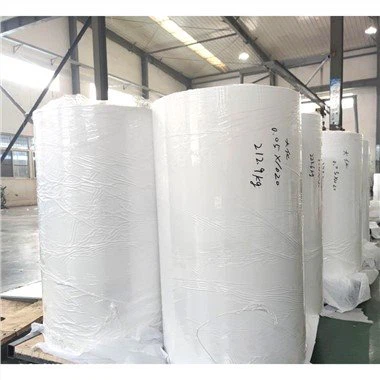Development Of Polyimide Fiber
Sep 03, 2022
High performance organic aromatic fibers have been rapidly developed in recent decades, and the representative ones mainly include aromatic polyamide fibers (DuPont's KVlar series, Russia's APMOC, sVM fibers), polyphenylene dithiazole (PBT) fibers, polyphenylene diimidazole (PBI) fibers, polyphenylene bisoxazole (PB0) fibers, polyimide fibers, etc. Among them, the development of polyimide fiber has roughly experienced four stages:
The first stage: from the 1960s to the 1970s, the development of polyimide fibers was in its infancy, mainly in China, the United States, Japan and other countries. Polyamic acid was spun into fibers by dry method or dry wet method, and then imidized into polyimide fibers. The strength and modulus of the prepared fibers were relatively small, which were 0.8gpa and 9.5gpa respectively.
Phase II: Since the 1980s, more research has been devoted to how to improve the solubility of polyimide fiber due to its poor solubility. In the 1980s, the United States, Japan and the Soviet Union respectively modified polyimide fibers by different methods: first, polyimide was directly spun into fibers by dry and wet methods, and then side chains were introduced into the polymer, so that its solubility was greatly improved. The strength and modulus of the prepared fibers were 3.2gpa and 174gpa, respectively.
The third stage: in the 1990s, the traditional method of preparing polyimide was improved, and polyimide fibers were successfully prepared by wet process, copolymerization and other methods, which greatly improved the mechanical properties of polyimide fibers. For example, Russian researchers spin amide acid into fibers by wet method, and then prepare polyimide fibers by imidization. The polymer molecules contain pyridine units, which improves the mechanical properties of the fibers. The strength and modulus of the prepared polyimide fiber were as high as 5.1gpa and 340gpa, respectively. German researchers improved the mechanical properties of polyimide fibers by copolymerization, and the strength and modulus of the fibers were 2.0 GPa and 240 GPa, respectively.
The fourth stage: entering the 21st century, especially in recent years, with the increasing demand in the aerospace field, the multi design of polyimide chemical structure, the improvement of synthesis technology and the development of spinning technology, and the application of research and control methods on the aggregation structure of polyimide fiber molecular structure in its preparation process, high-strength, high-modulus, high-temperature resistance Radiation resistant polyimide fiber. This makes the research and application of polyimide fiber more promising.





